Growing cucumbers and tomatoes in the same greenhouse
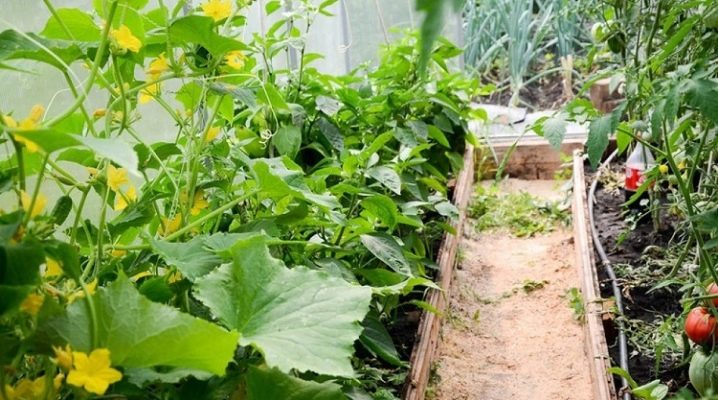
Many summer residents often ask themselves the question of the possibility of simultaneously growing cucumbers and tomatoes in small greenhouses. There is no definite answer here, since practice can show different results. In most cases, cucumbers can grow well in a tomato greenhouse. They share similar needs in terms of environment and growing conditions.
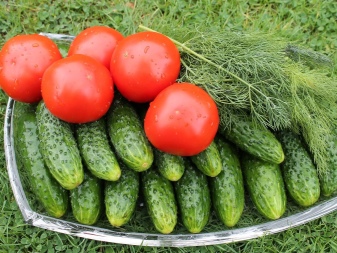
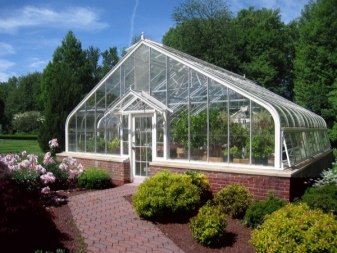
Can you plant?
Cucumbers and tomatoes are plants that thrive in the same greenhouse. The former take 50-70 days to reach maturity, and the latter 55-105 days, it all depends on the variety chosen. Both crops are thermophilic and require good drainage and soil pH between 5.8 and 6.5. Since both crops need high-quality irrigation and a regular supply of water, their neighborhood is possible in a greenhouse in winter.
Both plants have a branched growth structure, therefore you can combine them with each other, planting next to each other, while compatibility will not suffer... For example, cucumbers will creep on the ground, and tomatoes will be vertical. The aggressive growth capacity of cucumbers and wide leaves will help drive out weeds. In addition, you can put the vines on the same supports that are used for tomatoes. This arrangement of plants is called diversified planting. Since both crops can suffer from mold in high humidity and overcrowding, enough space is left for air to circulate between the bushes without problems.
When growing tomatoes and cucumbers it is necessary to take into account the degree of damage by fungal and other diseases. Although cucumber mosaic can affect both tomatoes and cucumbers, the spread of the disease is not limited to these two crops. More than 40 families are affected by this disease. Late blight is one of the most serious problems as it can completely ruin both types of vegetables. In both cases, plants can be treated with hydrogen peroxide or a commercial fungicide.
As practice has shown, the yield of both crops is less than expected when they grow together, and you need to be ready for this if you want to save space in the greenhouse. Tomato pollen, falling on female cucumber flowers, negatively affects them and does not allow them to develop further.
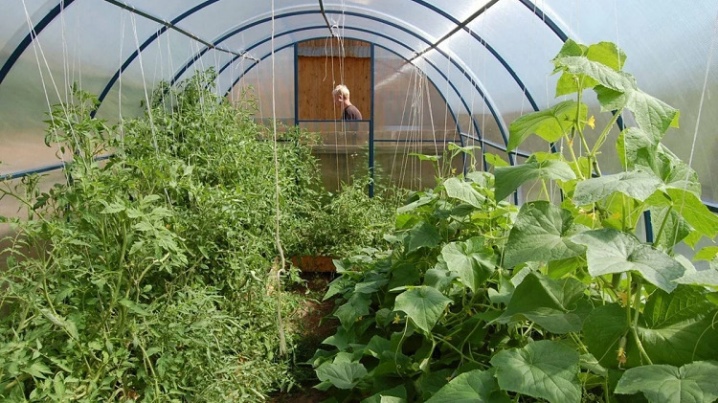
Requirements for conditions
To grow a good crop of tomatoes and cucumbers in a greenhouse, you need to monitor temperature, lighting, soil pH and other parameters. The relative humidity parameters for these greenhouse crops range from 60 to 70%. Better to spend some money and buy a greenhouse meter to keep track of the moisture level inside. Optimal daytime temperatures range from + 21 ° C to + 27.7 ° C, and nighttime temperatures range from + 16.7 ° C to + 17.7 ° C. On sunny days, the preferred greenhouse temperature is towards the upper end of this range, while on cloudy days it is better to move towards the lower end.
If the temperature inside is below the set parameter, then a deficiency of nutrients may occur due to the fact that the plants cannot absorb some elements. In this situation, it is advised to have a heating source that could be activated if necessary. Experts recommend installing a greenhouse thermostat inside, but it must be under a canopy so that it is not exposed to ultraviolet light. For normal growth, the greenhouse should have at least 8 hours of sunshine. That is why they are not placed in the shade of large trees, behind buildings.
You can separate the beds with foil. So for each culture inside one greenhouse, the necessary microclimate will be created. It is only important to consider that the tomato loves a draft. You can also put a fence for the soil: a metal sheet is perfect for this. If space permits, then cucumbers and tomatoes can simply be planted away from each other. You do not need to use any restraints, just plant the seedlings of peppers, tomatoes and cucumbers correctly... The southern side of the greenhouse is reserved for pepper, since this culture is especially thermophilic. A tomato is placed in the center or near the exit, and cucumber bushes are placed on the north side.
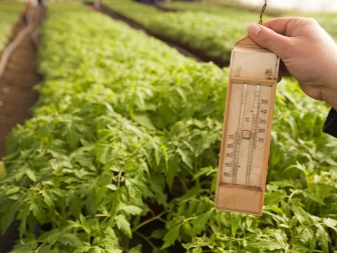
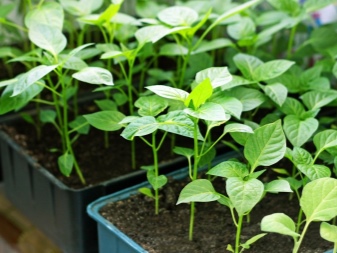
Suitable varieties
Consider some types of varieties that are suitable for growing together.
Tomatoes
The first step to successfully growing tomatoes is to select varieties that are recommended for greenhouses. If vegetables are produced for sale, then size, shape and color must be considered. Hybrid varieties provide better yields and good size. It is better to take those that have excellent immunity to diseases. Tomatoes are divided into two categories: determinant and indeterminate.
The former grow to a predetermined height, while the latter may have different heights. Determinant greenhouse tomatoes produce a large number of fruits, and the harvest time is only a couple of months, while indeterminate ones produce a small number of fruits, but continue to bear fruit for a longer period of time.
Here are some of the recommended tomato varieties that grow well in the greenhouse and are disease resistant:
- "Caruso";
- "Laura";
- Capello;
- "Perfecto";
- "Baroni";
- Zoltano;
- "Gabriela";
- "Dombito";
- Dombella;
- Celebrity.
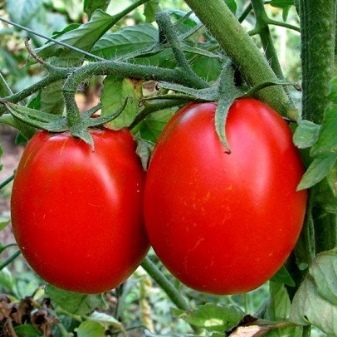
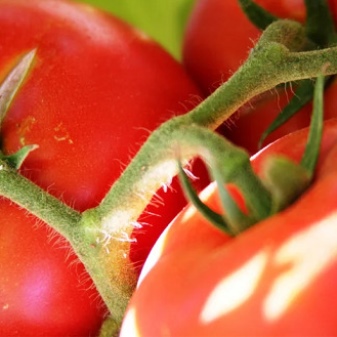
Cucumbers
For the greenhouse, it is better to use varieties of cucumbers, which also have immunity to the most common diseases. Among them:
- "Mashenka";
- "Crane";
- "Goosebump";
- "Tom Thumb".
All these varieties perfectly tolerate the draft, which is so necessary for the tomato for pollination. There is no need to create any special conditions for their cultivation.
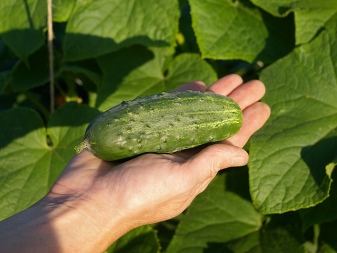
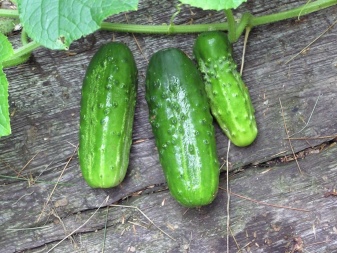
What should be the soil?
It is imperative to check soil pH daily.... If this is not possible, then a check must be carried out at least before fertilizing in order to understand which trace elements are needed and which are not. A pocket-sized pH meter is recommended. The optimum pH range for greenhouse tomatoes and cucumbers is 5.6 to 5.8.
If the soil pH is too high, a small amount of acid should be added to lower it. You can use nitric acid, sulfuric acid, or phosphoric acid. Sulfuric acid is cheaper and readily available in stores, but it does not provide nutrients to plants. Experts strongly recommend using nitric or phosphoric acid as they provide nutrients to the plant in addition to lowering the pH. If the pH is low, add caustic soda, potassium hydroxide, sodium bicarbonate, potassium bicarbonate.
A nutrient medium is suitable for planting seedlings, but good drainage is always organized. Some recommend using a pre-prepared commercial potting mix because it will ensure healthy growth for your plants and you won't have to worry about weeds or disease.
If you want to prepare the soil yourself, you will need to mix garden soil, sand, well-rotted compost and rice husks in a 1: 1: 1: 1 ratio.

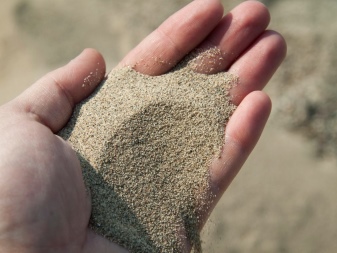
Landing patterns
To get a good harvest, you need to properly plant tomatoes and cucumbers together. Some people prefer to plant seedlings with a partition between the bushes, to which you can later tie up tomatoes. A good scheme would be the 3x6 option.Using the correct plant density inside the greenhouse is very important for the healthy growth and good yield of each individual plant. Keep in mind that if you increase the planting density (give each plant less space than it should), the yield will decrease. This is because without separation, greenhouse plants will begin to shade each other.
Increasing the density of plants in the greenhouse is also not a good idea because placing tomatoes and cucumbers too close together will increase the incidence of disease throughout the greenhouse. It is better to block from bush to bush and arrange the seedlings so that, as they grow, they do not come into contact with another crop.
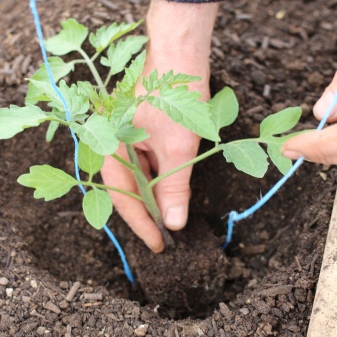
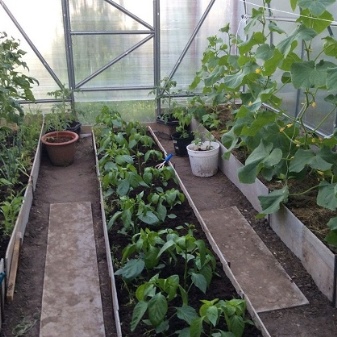
The nuances of care
It is very important to water the cucumbers and tomatoes on time, but not to overmoisten the soil. The amount of water needed for greenhouse plants will vary with the season and the size of the bushes. A small seedling just transplanted into a greenhouse will need only 50 ml of water per day, while a mature plant needs up to 2.7 liters of water. To optimize this process, you can install an automatic drip irrigation system. With each watering, you can also provide the greenhouse plants with dissolved fertilizer. This process is called fertigation.
Watering cucumbers and tomatoes should be done in such a way that water is supplied to the base of the plant, and not through overhead sprinkler systems. So the foliage remains dry, the likelihood of the occurrence of fungal diseases, such as leaf mold, powdery mildew, is reduced. If the environment in which the vegetables are grown has good drainage, it will need to be watered 10 or more times a day using a drip irrigation system. If pine bark is laid in the ground, then 5-10 waterings per day is quite enough.
Using trellises as a support method for tomatoes is beneficial for yields... It is necessary to insert a metal, wooden stake next to the bush and tie the stem. You can arrange the beds with cucumbers in the same way: do not let them on the ground, but give them the opportunity to grow up. It is recommended to grow plants at an angle rather than vertically. This is the method practiced by those who grow vegetables for sale.
Many gardeners use organic mulch materials for weed control. They all work great and also help maintain high humidity outside, but organic mulch should not be used inside the greenhouse as it is a favorable habitat for both fungi and insects.

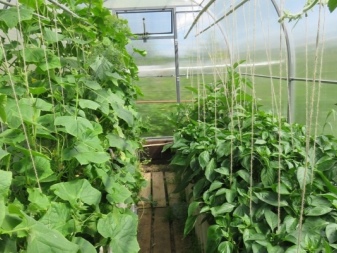
It is very important to ensure timely pruning of the tomato. Remove the bottom foliage and stepchildren above each leaf node on the stem. If allowed to grow, the plant will produce more fruit, but the tomatoes will be small in size and of poor quality. It is best to leave one main stem.
Any professional will tell you about the special conditions that must be observed when combining tomatoes and cucumbers inside the same greenhouse:
- cucumber bushes should not shade the tomato;
- tomatoes need high-quality ventilation, so it is advisable to plant them closer to the exit;
- you should definitely buy varieties that are highly resistant to late blight;
- additional pollination is necessary, for this you can simply shake the plants.
Tomatoes do not require pollination if they are grown outdoors in fields because the wind and insects do the job.... However, pollination inside the greenhouse is imperative, and if time is skipped, the number of fruits on the plants will decrease. The optimum temperature for pollination of tomatoes is from + 21 ° C to + 26.7 ° C, and the relative humidity is 70%. Already at air humidity above 80%, the pollen grains stick together and do not disperse. On the other hand, if this figure is less than 60% for a long time, the stigma may dry out and the pollen will not adhere to it. Fertilization occurs 48 hours after pollination.
Experts recommend using an electric pollinator, which is usually powered by disposable alkaline or rechargeable batteries. It can also be installed in the greenhouse if it is large, one or two clues with bees.
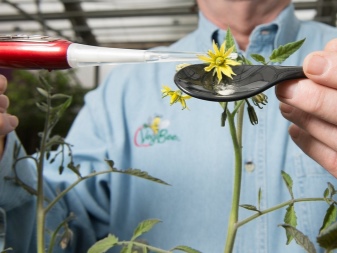
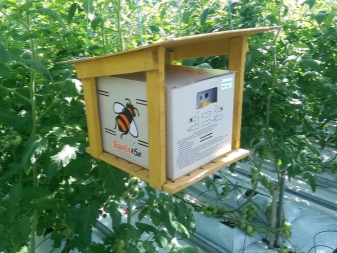









The comment was sent successfully.